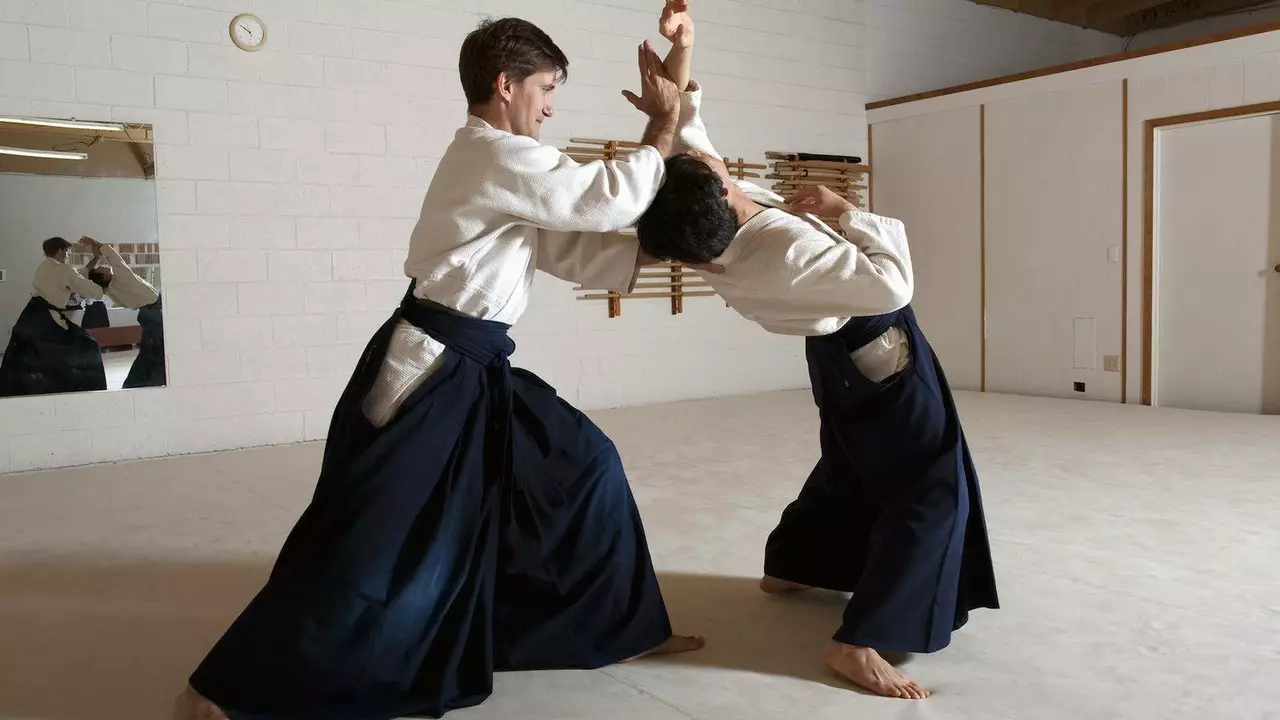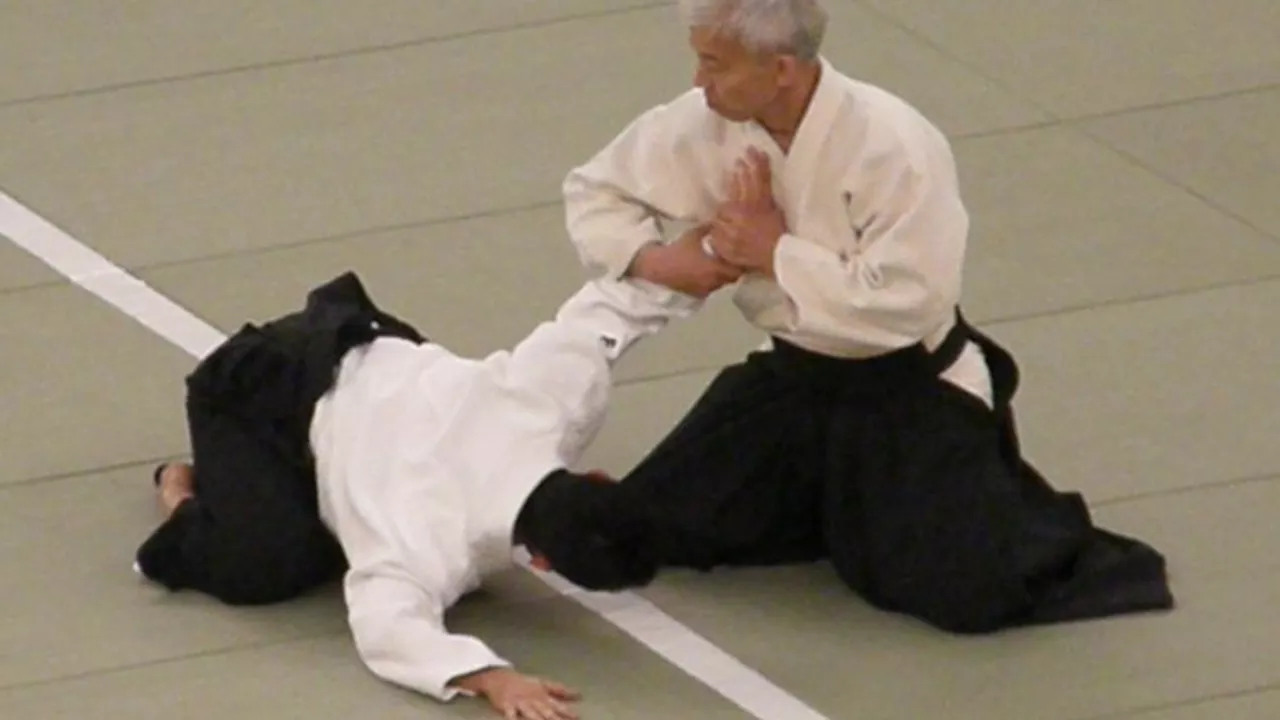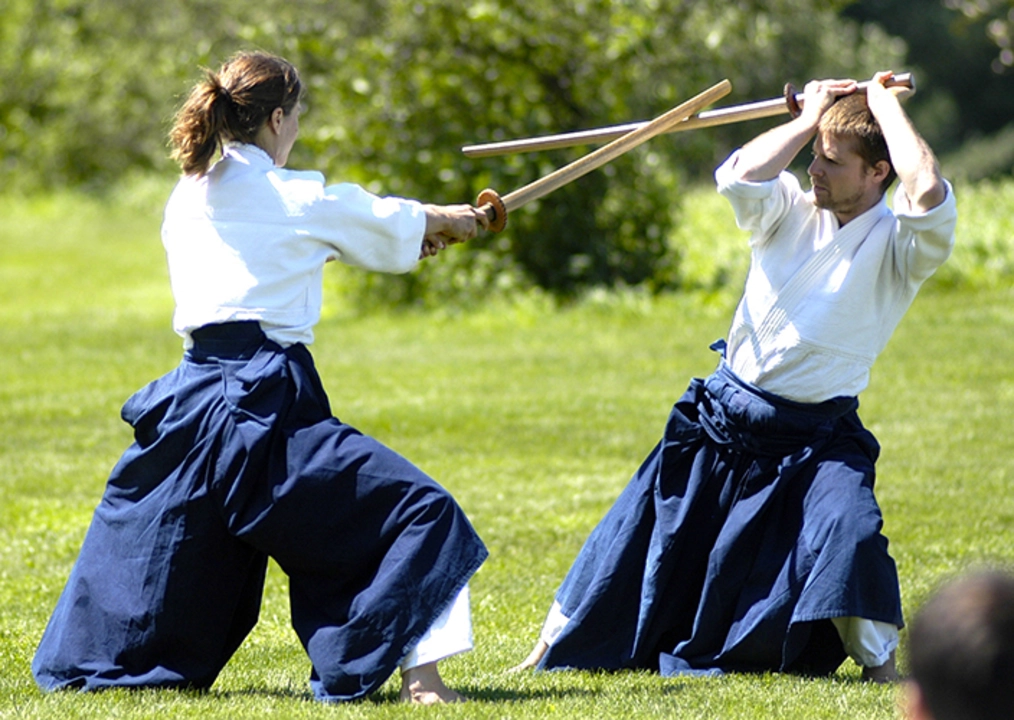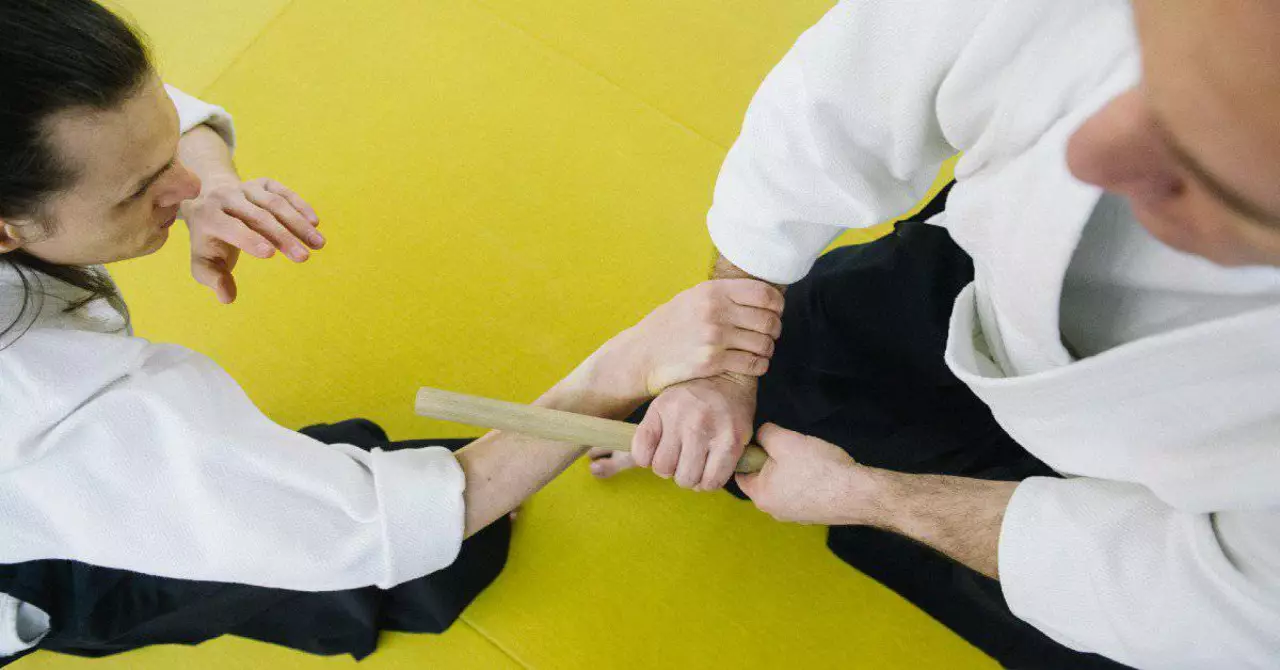Aikido
When working with Aikido, a Japanese martial art focused on redirecting energy and achieving harmony. Also known as the Way of Harmony, it teaches balanced movement, calm mind and effective self‑defence. Below you’ll find posts that break down its core ideas, answer common questions and show how the art fits into everyday life.
Another key concept is Japanese martial art, a broad category that includes disciplines like Judo, Karate and Aikido. These arts share a respect for tradition and a focus on personal growth. Aikido draws heavily from this heritage, using fluid motion instead of brute force, which sets it apart from many striking‑based styles. This link between Aikido and its cultural roots helps explain why the art emphasizes harmony over aggression.
The technique set is the next piece of the puzzle. Aikido mainly uses techniques, throws, joint locks and pins that flow with an opponent’s energy. Most schools start with about twenty basic moves, each of which can be adapted in countless ways. Because the moves are built on timing and body alignment, a practitioner can control an attacker without relying on strength. This adaptability is why many beginners find Aikido approachable yet endlessly deep.
Weapon training adds another layer of depth. The jo, a four‑foot wooden staff used in Aikido practice, teaches distance, angle and rhythm. Working with the jo forces you to move the whole body as one, reinforcing the same principles you use in empty‑hand techniques. Many students report that staff work sharpens their balance and makes everyday movements feel more natural.
All of this circles back to the practical side: self‑defence, the ability to protect yourself by blending with, rather than confronting, aggression. Aikido’s emphasis on redirection means you can neutralise a threat without causing unnecessary harm. While it may not be suited for chaotic multi‑attacker scenarios, it shines in one‑on‑one encounters where precision and composure matter.
At Lancaster Aikido Club you’ll see these ideas in action – from beginner classes that teach the first twenty moves to advanced sessions that explore jo kata and deeper philosophical discussions. The posts below reflect this range, offering insights for newcomers, seasoned practitioners and anyone curious about the art’s real‑world impact. Dive in to discover how Aikido can fit into your fitness routine, personal development plan, or self‑defence toolkit.




